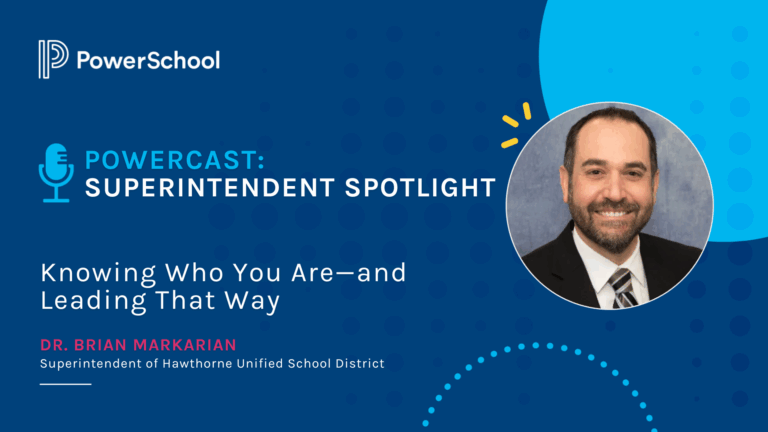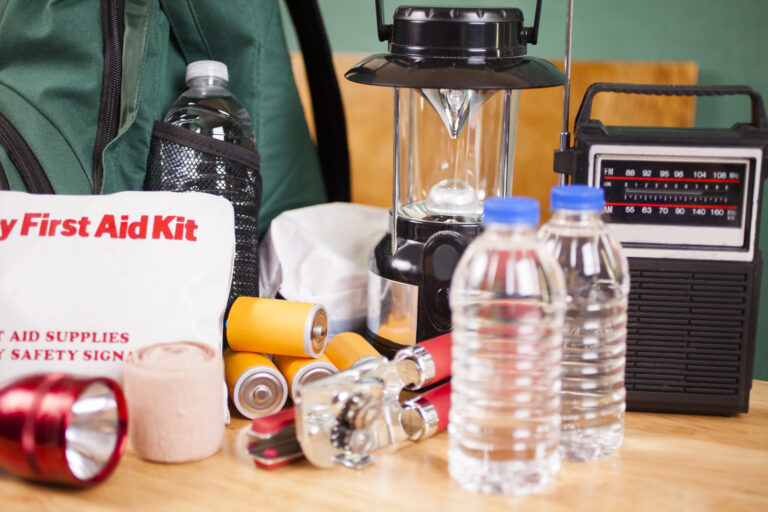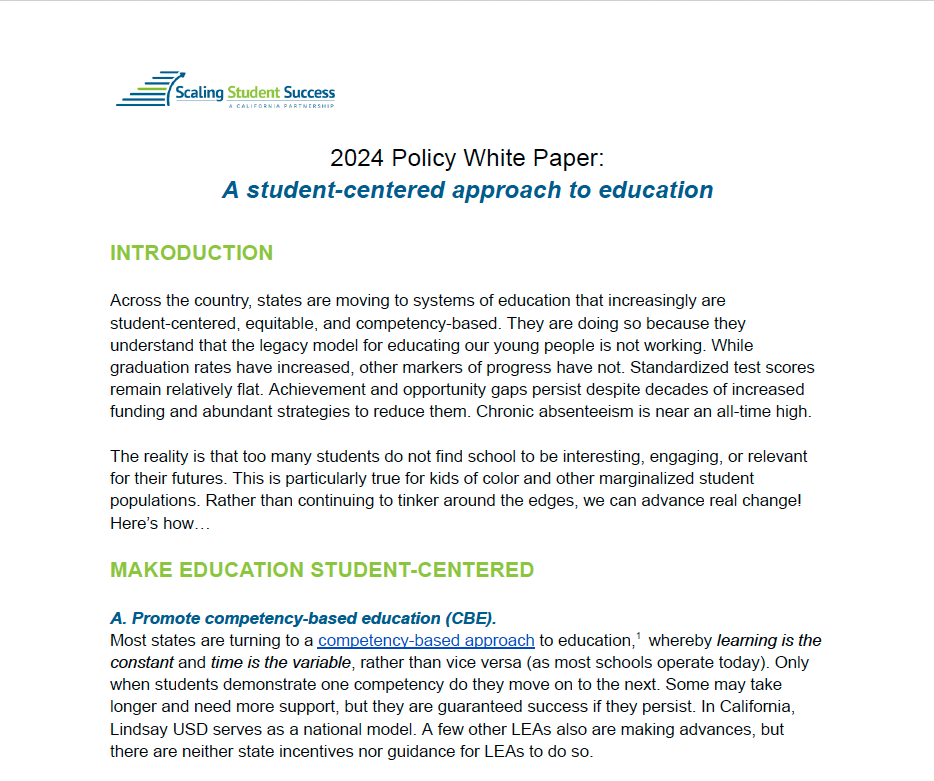The week before Thanksgiving is National Hunger and Homelessness Awareness Week. Is your district making a difference? ACSA urges you to check out resources like NationalHomeless.org, the National Center for Homeless Education, this California-based blog, and EdSource’s map of CA homelessness hotspots, and the CDE’s Resources. We hope that you will consider what your district can do to alleviate the struggles of students in your district who may be silently experiencing homelessness.
What is homelessness?
The McKinney-Vento Homeless Assistance Act defines homeless children and youths as individuals who lack a fixed, regular, and adequate nighttime residence. This definition also includes:
- Children and youths who are sharing the housing of other persons due to loss of housing, economic hardship, or a similar reason.
- Children and youths who may be living in motels, hotels, trailer parks, shelters, or awaiting foster care placement.
- Children and youths who have a primary nighttime residence that is a public or private place not designed for or ordinarily used as a regular sleeping accommodation for human beings.
- Children and youths living in cars, parks, public spaces, abandoned buildings, substandard housing, bus or train stations, or similar settings.
- Migratory children who qualify as homeless because they are children who are living in similar circumstances listed above.
Stories like these demonstrate how complicated the life of a homeless student can be. A student facing housing insecurity often change schools several times a year, find it difficult to get to school, complete assignments, or stay awake, have a history of being abused or rejected by their family, struggle to find food and money, and can have so accustomed to instability that they need significant assistance even when they find better accommodations.
The stereotypical picture of homelessness is that of someone who has no change of clothes, asks strangers for money, or sleeps on a public bench. This image does not reflect reality for many students facing housing instability. These preconceptions can even pressure them to remain anonymous.
What are the numbers of housing insecurity amongst young people?
It is difficult to determine how much homeless youth are in California. Estimates vary depending upon the definition of homelessness, or housing insecurity, and the state of the research. Many homeless youth purposely avoid detection, which means it is the responsibility of educators to reach out and keep the doors of communication and assistance wide open.
In 2015, though unemployment rates had dropped, California reported that the percentage of people in homeless families who were chronically homeless was still high at 10-15%. Here is a basic overview of homeless youth statistics in our state, which states that, “based on national survey estimates and California’s youth population, it is likely that 200,000 youth under the age of 18, and thousands of 18-24-year-olds, are [annually] homeless for one or more days.”
7 things your school or district can do to start making a local difference for students facing housing instability
- Support local businesses and legislature that seeks to decriminalize businesses’ and other entities’ efforts to feed people in need. The issue of homelessness goes hand in hand with the national epidemic of food waste.
- Organize an event that simulates the experience of a typical homeless person or student, in which participants must try to sleep and eat a meal in a car, buy a week’s worth of groceries using only food stamps, or spend the night outside while learning more about homelessness. Partner with local organizations for sponsorship.
- Host an educational forum or assembly on hunger and homelessness with the goal of decreasing stigma. Invite individuals who have experienced homelessness, counselors, and other knowledgeable guests to speak and share their experiences.
- Encourage teachers to compassionately reach out to students who might be falling asleep in class or falling behind academically. No assumptions should be made as to why a student’s grades falter, but they should have easy and private access to counseling, food, and a safe space. As this NPR article states, “money isn’t the only solution.” When asked, homeless youth have ranked material and emotional support as being equally important to helping them continue their education.
- Many homeless students do not want to risk being bullied, and/or do not want to feel different from their peers, and thus may hide their private concerns with care. Since you can not single out students, make sure that bullying resources are available to entire classrooms. Publicly encourage students to come forward and receive help so that they feel safe and comfortable, instead of pressured to go along with perceived expectations.
- Organize a canned food drive to collect non-perishable food items, as well as hygiene products, clothing, blankets, books, school supplies, and toys. Have a reward for the group that collects the most donations.
- Contact local media to cover your community events and reach out to legislators and stakeholders who may be able to offer statements and attract more attention to your efforts.





























